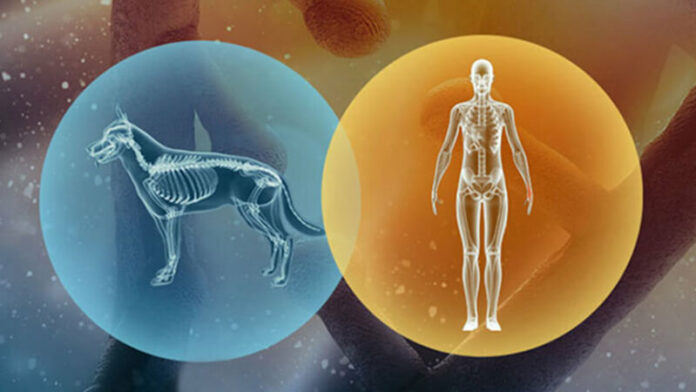The Canine Tumor Genome Atlas can store hundreds of gene samples that contain mutations in tumor gene expressions
By KATIE HELLMAN — science@theaggie.org
Through comparative oncology, which is the study of translating animal cancer research into human models, scientists are working on developing innovative cancer treatments.
“Canines are excellent models for comparative oncology since they spontaneously develop the same types of cancers as humans,” the Experimental and Molecular Medicine journal states. “The histological types of these cancers are similar between dogs and humans. There is strong evidence that canines and humans share similar genes and pathways involved in tumorigenesis.”
The National Cancer Institute launched a Canine Tumor Genome Atlas that stores gene samples from dogs with osteosarcomas, oral melanomas and gliomas, which are three cancers that behave similarly in people. The research initiative, funded by a $115,000 grant from the cancer center, is being led by John McPherson, deputy director of the cancer center, and Christine Toedebusch, assistant professor in surgical and radiological sciences at the UC Davis veterinary school.
“These genomics studies will show how tumors mutate and what’s driving those mutations in the cancerous cells,” McPherson said during an interview with UC Davis Health.
The Canine Tumor Genome Atlas will gather biological samples from canines that contain mutations in tumor gene expressions and sequence the tumors’ genetic makeup. Through this approach, abnormal gene variants can be identified and tracked.
“Our canine companions share genetic and environmental complexity with us and have an intact immune system, unlike laboratory mice,” Toedebusch said during an interview with UC Davis Health. “Many canine tumors progress similarly and share many features with human tumors. While laboratory mice are vital to initially understand and test mechanisms of cancer progression, they have repeatedly demonstrated limited success in therapeutic translation to human cancer patients. Naturally occurring canine cancer may serve as a bridge for therapeutic translation between rodents and humans.”
Gliomas, for example, are the most common type of brain tumor, and high-grade gliomas may cause death in both humans and canines within 18 months. With the Canine Tumor Genome Atlas, canines can serve as a translational model for the same brain tumor in humans.
“It has been more than 20 years since a new therapy has been effective at extending this meager survival time in humans,” Toedebusch said. “ [This] creates funding opportunities to study canine disease, allowing for the possibilities of breakthroughs in treating canines and humans.”
Written by: Katie Hellman — science@theaggie.org




